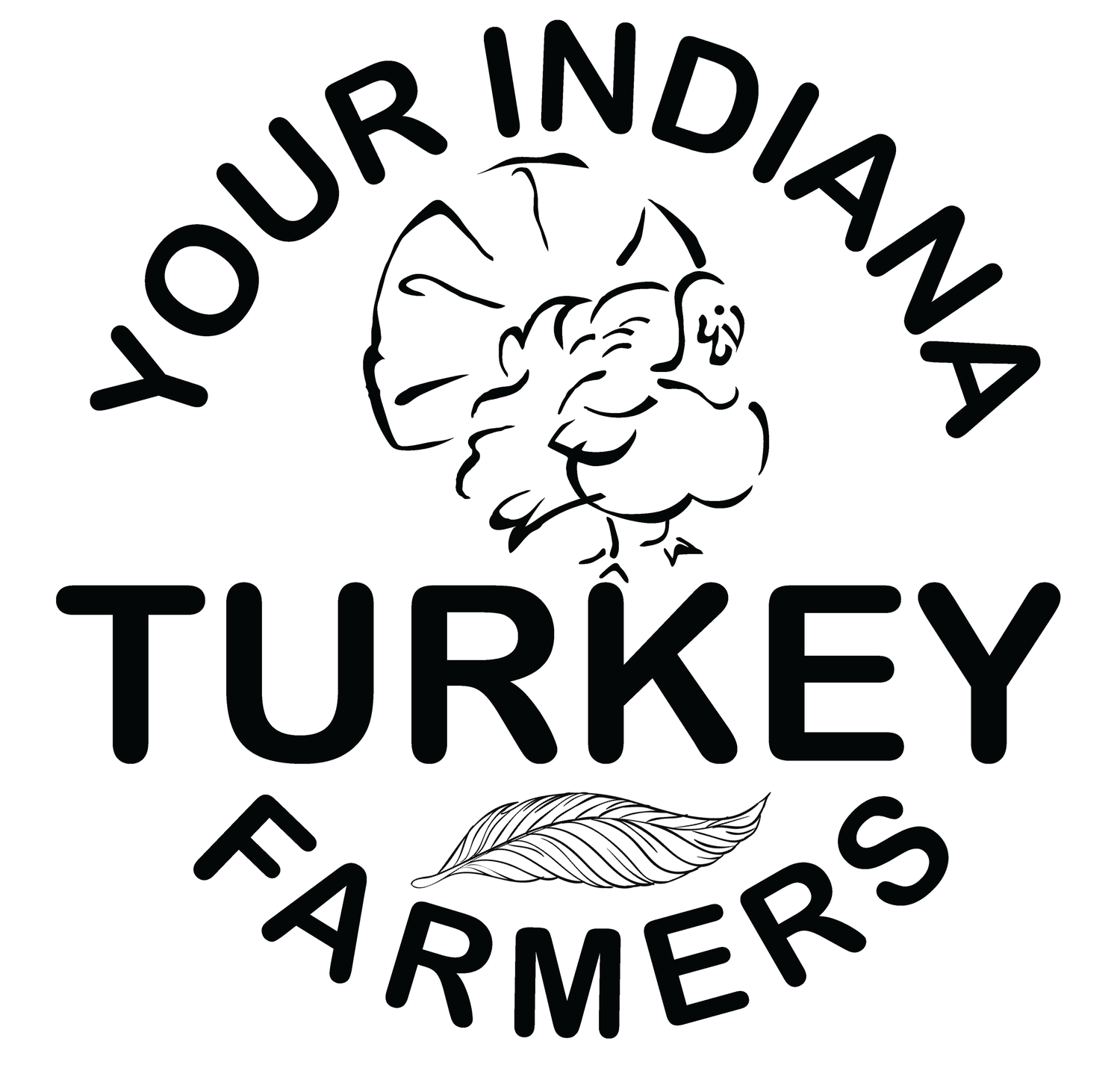No One Cares for a Turkey More Than the Turkey Farmer!
Turkeys are not raised in cages, instead they roam freely around the barns. Modern turkey barns are scientifically designed and environmentally controlled to provide maximum protection from predators, disease and bad weather. Research has shown that to mistreat a turkey would be economically detrimental to the grower.
Healthy Birds are Our Top Priority
All turkeys are both steroid and hormone free. No hormones have been approved for use in turkeys. FDA approved antibiotics are used at times to help suppress microorganisms, prevent disease and ensure that consumers receive a healthy product. A withdrawal period is required after antibiotics are given before the turkey can be sent to market. This ensures that no substances remain in the body of the turkey that may come into contact with the consumer.
Turkey Trivia!!
Q: What breed of turkeys do farmers raise?
A: The most common breed of turkey that commercial farmers raise is called the "Broad Breasted White." This breed of turkey has all white feathers. To read more about Broad Breasted White Turkeys CLICK HERE.
Q: How many turkeys are produced in Indiana?
A: In 2021 Indiana produced 20.5 million turkeys. Indiana is currently the fourth largest producer of turkey in the United States. This may seem like a lot of turkeys, but the top producing state (Minnesota) produces twice that amount of turkeys in a year. About 216.5 million turkeys were raised in the USA in 2021.
Q: What do call a baby turkey?
A: A baby turkey is called a poult. A male turkey is called a tom. A female turkey is called a hen. Did you know that only tom turkeys gobble. Hen turkeys make a clicking noise.
Turkeys Eat a Balanced Diet of Corn and Soybean meal.
The Corn and Soybean Meal is mixed with a supplement of vitamins and minerals. Fresh water is available at all times. On average it takes 75-80 pounds of feed to raise a 30-pound turkey. The hen usually takes 14 weeks and weighs 15.3 pounds when processed. The tom takes 18 weeks to reach a market weight of 33 pounds.
USPOULTRY's 360-Degree Virtual Reality Turkey Farm Video Tour
Visit a turkey farm without even stepping outside! The U.S. Poultry & Egg Association (USPOULTRY) recently released a 360° virtual reality video giving viewers an inside look at how turkeys are raised, and the careful measures farmers take as they grow. The virtual reality video allows a panoramic view of the farm by using arrows to look up, down, side-to-side, front and back from the original starting point. This is a great resource for the public to see just how turkey operations function and the meticulous care that goes into growing healthy birds.
**While the video is playing, use your mouse to drag the video around while it’s playing!!
Further Reading
ALL ABOUT INDIANA RAISED TURKEY - Learn how the Hoosier Turkey Industry cares for their birds.
TURKEY TALK FOR KIDS - Perfect for kids wanting to learn a little about turkeys in Indiana. Flyer includes a word search, match the picture with its name game and a turkey to color.
SMALL FLOCK TURKEY PRODUCTION - The Indiana State Poultry Association has information on turkeys raised by small flock enthusiasts.




